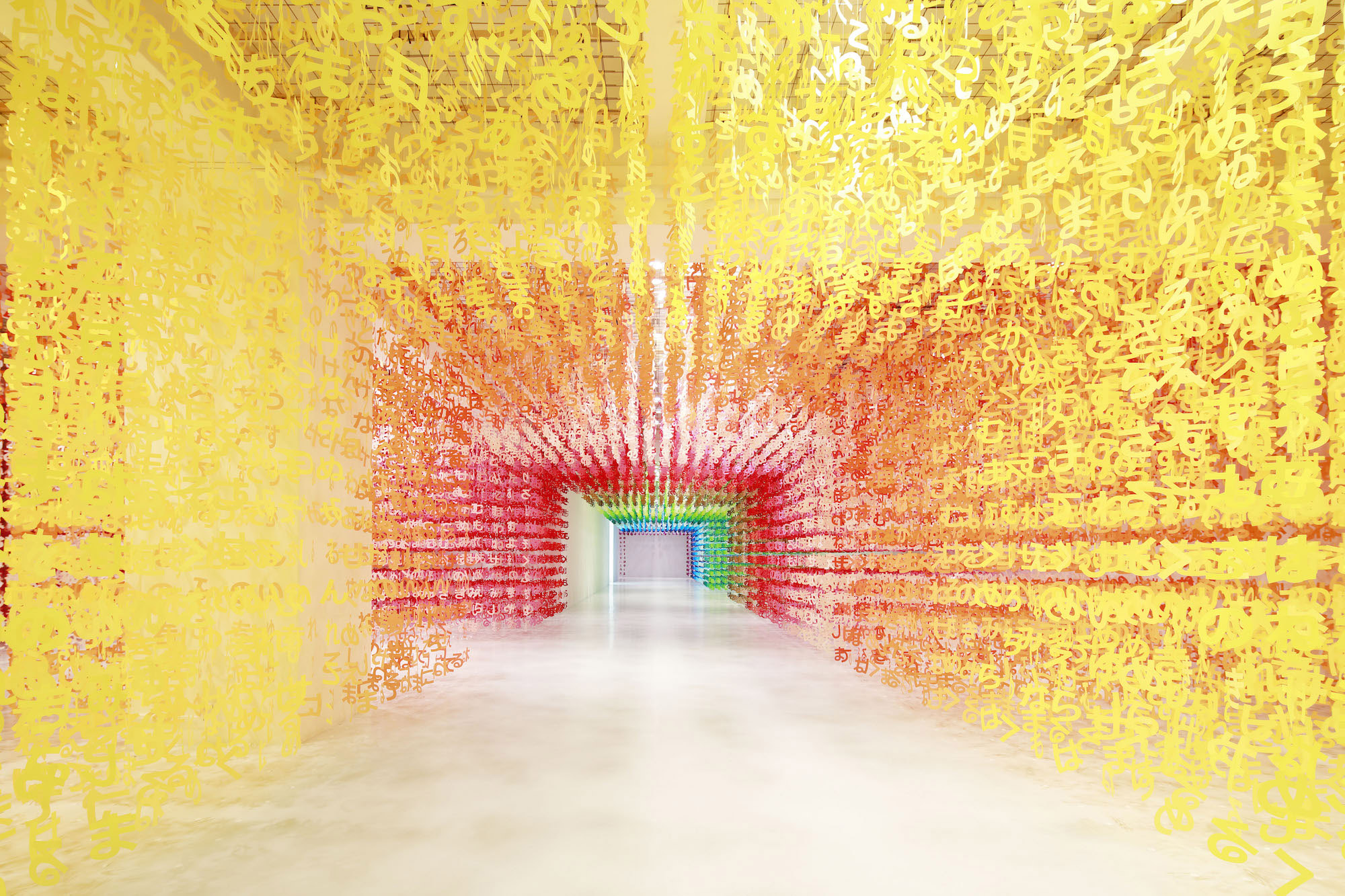
Over the years, we’ve featured many artists whose works count light as their material of choice, from Kumi Yamashita’s origami inspired shadow art pieces, Anila Quayyum’s intricate installations, and David Begbie’s steel mesh sculptures- and today we add German artist Moto Waganari to that list. Waganari’s (whose real name is Lutz Wagner) filigree polygon sculptures are already compelling, but when you shine a bright light on them from the right angle, they cast spirited and dramatic shadows that bring them to life. Using a 3D printer to create a network of wires, he combined technology with inspiration, crafting delicate, surreal shapes and forms that play off light and darkness. “I wanted to create something that never existed before. Something that will amaze us because it is not feasible by human hands,” he says. His installations depict groups of figures that seem to defy gravity as they tumble into a free fall and scale walls like dancers, while hybrid bird and rabbit characters take us to a darker, even nightmarish world. Depending on the direction of light and amount of illumination, their shadows take on various forms, growing or shrinking as one moves around each piece, and challenging our perception of space. Waganari’s website also allows visitors to experience his work in virtual reality, a project he calls “Real Virtuality”, where you can manipulate them and discover them from different perspectives.













 Combining his own creativity and digital techniques, Dutch artist
Combining his own creativity and digital techniques, Dutch artist  Emmanuelle Moureaux, known for her massive installations using numerals and letters as building blocks, recently crafted a new major work for the 100th anniversary of the Calpis brand. "Universe of Words" at 3331 Arts Chiyoda is the latest in the "100 Colors" series from the artist. Moureaux was last featured on our site
Emmanuelle Moureaux, known for her massive installations using numerals and letters as building blocks, recently crafted a new major work for the 100th anniversary of the Calpis brand. "Universe of Words" at 3331 Arts Chiyoda is the latest in the "100 Colors" series from the artist. Moureaux was last featured on our site 